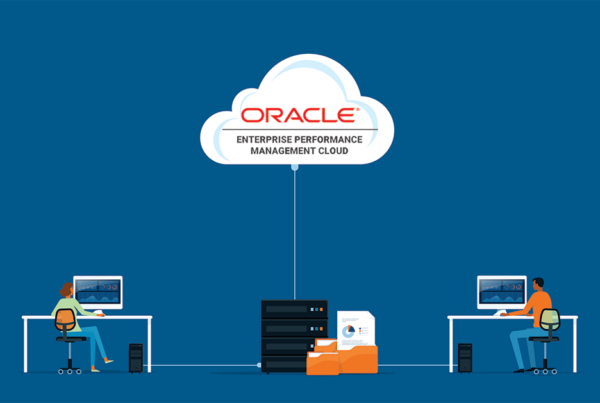Is it important or not so important?
Yes, change management is important to any Oracle ERP project and an a la carte option for Heartland to provide. Oracle ERP implementation often involves significant changes to an organization’s business processes, technology infrastructure, and culture. Effective change management can help ensure that these changes are successfully implemented and adopted by the organization, leading to a more successful ERP implementation and a higher return on investment. It is all good on paper until the people show up.
Change management involves planning, communicating, and executing strategies to help individuals and organizations transition from their current state to a desired future state. This includes identifying and managing resistance to change, providing training and support to employees, and ensuring that the organization’s culture and processes align with the new ERP system.
Change management can help ensure that the following benefits are realized from your Oracle ERP project:
- User adoption: Effective change management can help ensure that users adopt the new system and processes, reducing resistance to change and increasing the likelihood of success.
- Efficiency and productivity: Implementing new processes and systems can lead to increased efficiency and productivity, but only if users adopt and use the new tools effectively. Change management can help ensure that users understand how to use the new system and are motivated to do so.
- Alignment with business goals: Change management can help ensure that the new ERP system is aligned with the organization’s business goals, reducing the risk of failure due to misalignment.
- Risk mitigation: Change management can help identify and mitigate risks associated with the ERP implementation, reducing the likelihood of negative consequences such as project delays or cost overruns.
In summary, change management is important to any Oracle ERP project because it helps ensure that the new system is successfully implemented and adopted by the organization, leading to increased efficiency, productivity, and alignment with business goals. It is all good on paper until the people show up.



